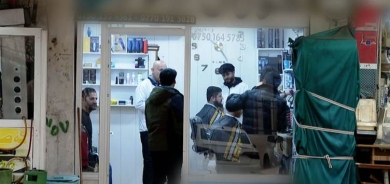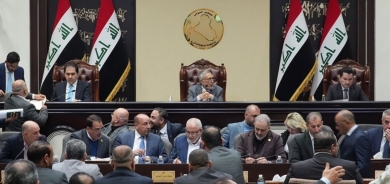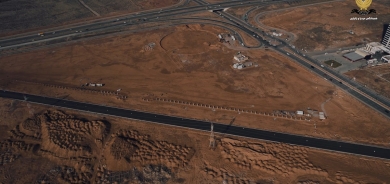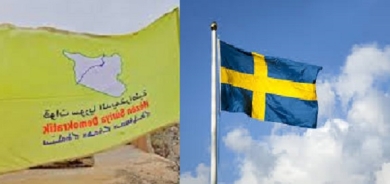Outbreak of Illness in Sulaimani Following Sewage Contamination of Drinking Water
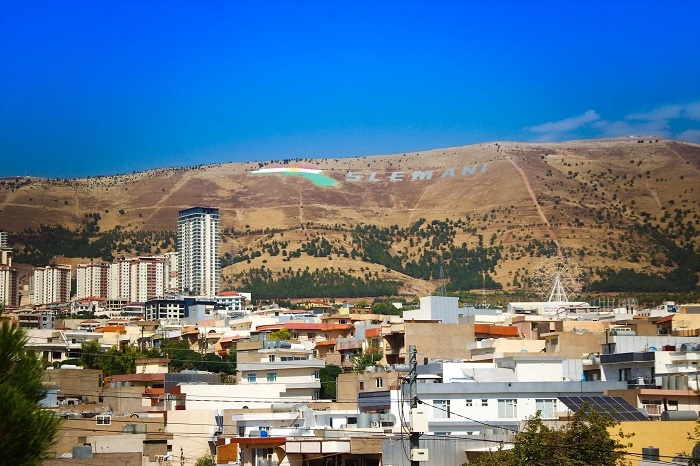
Over 2,500 residents in the Sharazoor district of southern Sulaimani have sought medical care after heavy rains caused sewage and drinking water pipelines to burst, contaminating the water supply. The resulting outbreak of gastrointestinal illnesses has sparked urgent calls to improve the region’s water infrastructure, local health officials reported on Saturday.
The flooding and subsequent contamination occurred earlier this week, leading to widespread diarrhea cases among residents who consumed municipal water. Sabah Hawrami, head of the Sulaimani General Health Directorate, spoke to journalists at a press conference, detailing the impact of the contaminated water. “As you are aware, over the past few days, heavy rainfall in the district has led to widespread flooding, contaminating the drinking water supply with wastewater. This situation has triggered a surge in diarrhea cases among residents,” Hawrami explained.
Hawrami confirmed that the crisis is now under control and no fatalities have been reported. However, he highlighted the critical need for improved water infrastructure in Sharazoor, describing the current system as outdated and inadequate to manage extreme weather events like this week’s heavy rains.
Saman Sabir, head of the emergency department at Shahid Raouf hospital in Sharazoor, confirmed a decrease in patient numbers, noting that those still seeking treatment report milder symptoms. “The number of patients in our hospital has reduced. And those affected experience less pain and diarrhea compared to the previous two days,” he said.
Water pollution is a long-standing issue in the Kurdistan Region and across Iraq, where inadequate disposal of municipal and industrial waste often leads to contamination of drinking water sources. Environmental advocates warn that these incidents pose significant health risks, harm crops, and affect livestock, underscoring the urgent need for sustainable water management practices in the region.

